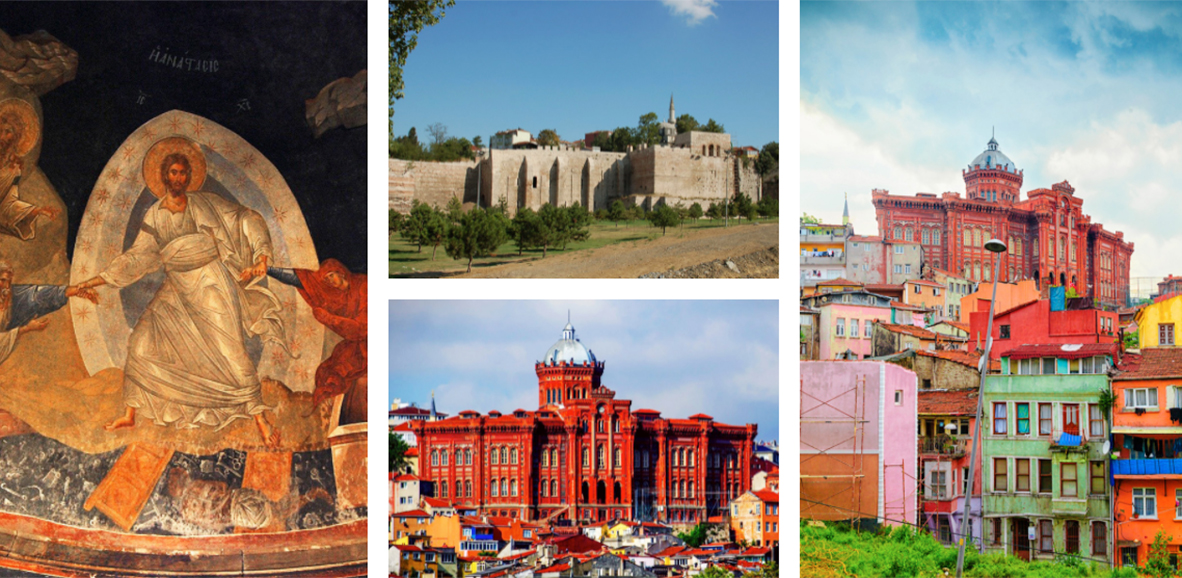The first Chora Church was rebuilt by Justinianus (527-565) in place of this chapel. However, it was destroyed during Latin invasion (1204-1261). In 1328, Andronikos II repaired it due to admiration for its architecture and history as he had seen it while on a pilgrimage to Jerusalem.
The Chora Church’s mosaics and frescoes are some of the most beautiful examples from this era, with a distinct style that is evident in their depth, movement, and elongated figures.
Following the conquest of Istanbul in 1453, this structure was used as a church. Prior to its transformation into a museum in 1945, it was converted into a mosque by Vizier Hadim Ali Pasha in 1511. Frescoes were discovered on the walls that had been covered up during an initial makeover following conversion to a museum restoration and renewal between 1948 and 1959. In November 2019, the Turkish Council of State, Turkey’s highest administrative court, ruled that the building was to be restored as a mosque. Its status was changed to a mosque back again in August 2020.
The Chora Church does not rank among the city’s most important Byzantine structures, although it is quite distinct from others owing to its almost entirely preserved internal decoration. The church has three distinct sections: the entrance hall or narthex, the main body of the church or naos (nave), and the side chapel or parecclesion. The building comprises of six domes: two over the eonarthex, one above the parecclesion, and three over the naos.
As of November 2021 when we write this, Kariye is still under restoration and is not open for visitors yet. When it is opened, it will not have an entrance fee as it will serve as a mosque. We are also not very sure about whether it will have these amazing mosaics open or not.



Comment (0)